No products in the cart.
Walk into any big-box store and you’ll find knives for $20 that promise the world. Tactical. Stainless. “Military-grade.” They’re slick, mass-marketed, sealed in clamshells, and stacked by the hundreds under fluorescent light. A thousand identical blades made in silence, untouched by human purpose.
- They’re shiny
- They’re cheap
- They’re fast
- And they’re empty
So why would anyone drop $200, $300, sometimes $600 on a handmade knife?
Because those factory-made blades are built to exist, not to serve.
They’re designed for checkout lanes, not real lives. Built to survive a return policy, not a lifetime. Their value ends when the barcode scans.
A handmade knife?
That’s a blade with blood in it. Fire. Grit. Memory. It wasn’t born on an assembly line – it was forged, with sparks flying, steel groaning, and sweat on the maker’s brow. Every scratch, every bevel, every rivet is a decision. A commitment.
You don’t just carry a handmade knife. You carry intention.
You carry the soul of the smith who made it, and the story of the land it came from.
That’s the difference.
Mass production gives you a tool.
Handcraft gives you a legacy.
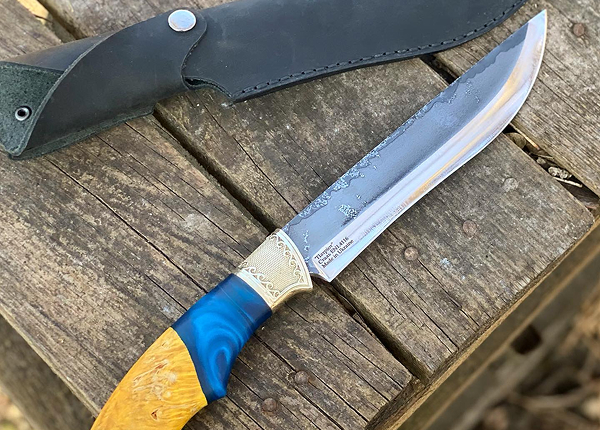
Craft vs. commodity
Factory knives are engineered for one purpose: scale.
Each blade is identical. Every curve is calculated by software. Materials are chosen to shave cost. Design is optimized for packaging, not performance.
It’s a numbers game. The goal? Push out 10,000 units that are just good enough not to be returned.
Now contrast that with a handmade knife. Not stamped. Not printed. Forged. Shaped. Refined by one maker’s hands. You’re not buying a product. You’re buying a piece of someone’s life.
And it shows. In the edge. In the weight. In how it feels when you grip it.
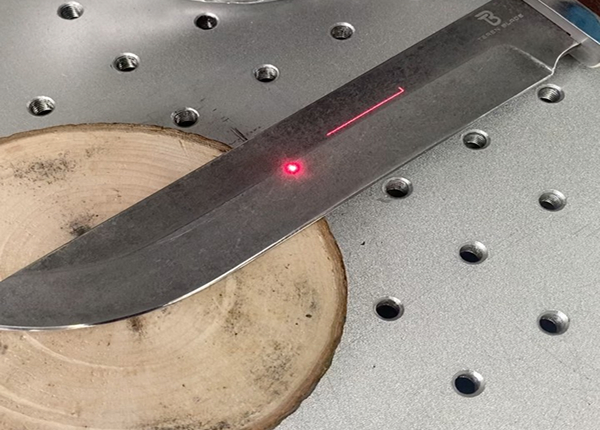
Materials that mean something
Look at the steel. Factory knives love mystery blends and marketable words — “surgical,” “hardened,” “high-carbon” (with no carbon content worth measuring). It’s often the cheapest steel that can hold an edge for 20 minutes and survive shipping.
Handmade knives don’t hide behind buzzwords.
Knifia blades are crafted from proven steels: M390, K110, Elmax, CPM S90V, forged 52100, Damascus with 200 layers, and more.
Each steel is chosen with intent. You want edge retention for skinning? You get it. Do you need shock resistance for bushcraft? We’ve got that too. Your knife isn’t assembled from a parts list. It matches your purpose.
Performance is personal
Pick up a production knife. Use it hard. You’ll quickly find its limits — weird balance, slippery grip, poor heat treatment, or worst of all, a chipped edge from a soft spot in the steel.
Now pick up a handmade blade.
Feel how the handle fills your palm without pressing in the wrong places. Notice how the spine’s rounded, how the choil is shaped for your finger, how the bevel meets the edge with surgical precision. This didn’t come off the conveyor belt.
It was field-tested. Sometimes in war zones. Sometimes in deep forests.
Always by the person who made it.
You’re not just buying a knife. You’re buying a maker.
On Knifia, we don’t sell nameless tools.
Every knife is tied to its creator – a blacksmith, a craftsman, a blade artist. You’ll see their names. Their story. Sometimes, even the forge where they work.
In Ukraine, that might mean a small village where blades are made by lantern light. Or a workshop rebuilt after a missile strike. These are not faceless laborers. They are masters.
When you hold one of their knives, you carry their legacy.
And yes — their pride rides in that blade too.
Every knife is tied to its creator – a blacksmith, a craftsman, a blade artist. You’ll see their names. Their story. Sometimes, even the forge where they work.
In Ukraine, that might mean a small village where blades are made by lantern light. Or a workshop rebuilt after a missile strike. These are not faceless laborers. They are masters.
When you hold one of their knives, you carry their legacy.
And yes — their pride rides in that blade too.
From the Makers of KNIFIA
Durability isn’t just about toughness
People think a “tough” knife means indestructible. That’s only half the story.
A tough knife doesn’t just resist wear – it ages well. That’s where handmade blades shine. The patina on a high-carbon blade. The polished wear on a wooden handle. The way the sheath softens and shapes to your grip.
Factory knives don’t age. They break. Or get tossed. Or replaced.
A handmade knife evolves. Scars. Learns. Tells stories.
It becomes yours in a way a mass-produced blade never can.
Function over flair
You know the knives – overbuilt, coated in Teflon, holes in the blade, weird shapes, unnecessary sawbacks. They scream “tactical.” They do nothing well.
Knifia blades don’t play those games.
Form follows function. Always. If a blade has a curve, it’s for slicing. If the tang is full, it’s for strength. If the edge is convex, it’s for resilience.
No gimmicks. Just tools that do the job right.
Knifia blades don’t play those games.
Form follows function. Always. If a blade has a curve, it’s for slicing. If the tang is full, it’s for strength. If the edge is convex, it’s for resilience.
No gimmicks. Just tools that do the job right.
One knife. One purpose. One chance.
There’s no redo on a handmade knife. The maker gets one shot to heat treat the steel perfectly. One grind to shape the bevel just right. One assembly to seat the pins, the scales, and the balance.
And that pressure makes better knives.
Mass production removes risk – and with it, responsibility.
Handmade knives demand skill, discipline, and precision. Every flaw is a reflection of the maker.
That’s why we only work with the best.
That’s why we only work with the best.
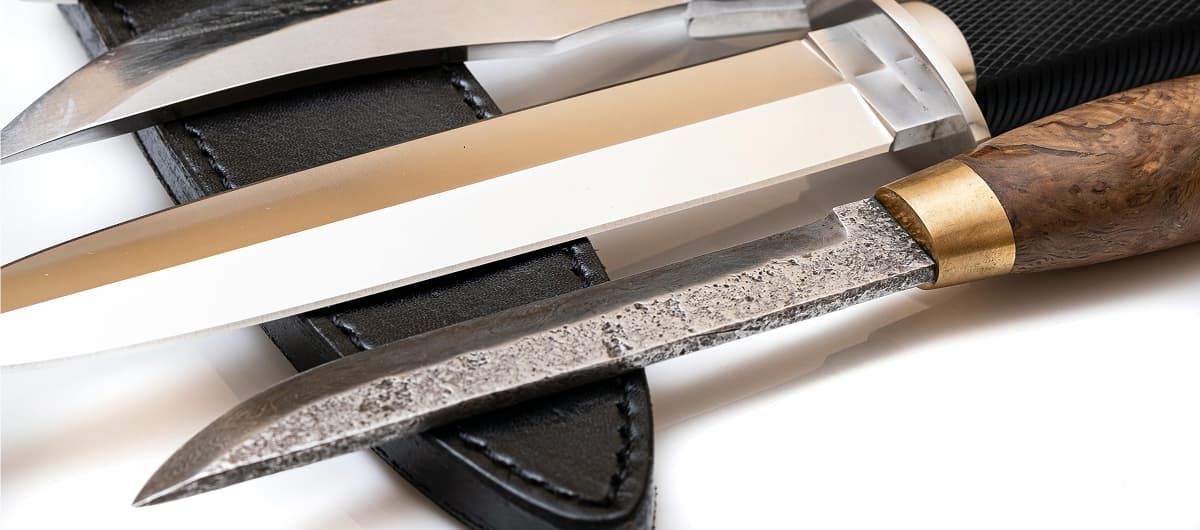
You pay more. You get everything.
Let’s talk about price.
Yes – handmade costs more. Of course it does.
Yes – handmade costs more. Of course it does.
You’re not just paying for materials. You’re paying for:
- Time. Sometimes 10, 20, 30 hours of labor per blade.
- Skill. Years of learning to read steel, heat, and grind.
- Tools. Belt grinders, forges, presses, acid baths, and kilns.
- Pride. The kind that doesn’t allow for shortcuts.
- Support. Real humans answering questions and offering repairs.
A $200 handmade knife isn’t expensive. A $60 production knife that chips, rusts, and ends up in the trash — that’s expensive.
You’re not buying cheap. You’re buying once.
Buy the right blade, and you don’t need another.
Carry it. Sharpen it. Pass it down. A handmade knife can outlast you. Outlast your children, even. This is a tool made to endure decades, not survive shipping.
There are knives on Knifia that have already seen war, climbed mountains, field dressed elk, built shelters, and chopped bone. Still sharp. Still going.
Can your production folder say the same?
Carry it. Sharpen it. Pass it down. A handmade knife can outlast you. Outlast your children, even. This is a tool made to endure decades, not survive shipping.
There are knives on Knifia that have already seen war, climbed mountains, field dressed elk, built shelters, and chopped bone. Still sharp. Still going.
Can your production folder say the same?
Handmade is human
That truth never fits on a spreadsheet.
Handmade knives aren’t data points. They’re not part of a cost analysis or quarterly report. They don’t exist to meet margins or optimize supply chains. They exist because someone, somewhere, believes in the craft. In the heat. In the hammer. In the story, steel can tell when it’s shaped by human hands.
When you buy handmade, you’re not just acquiring a blade.
You’re shaking hands with a person.
Maybe in a forge tucked behind sandbags in Kharkiv.
Maybe in a soot-covered workshop outside Lviv, where the power cuts out mid-tempering, and the maker keeps going anyway.
That knife is forged by someone who doesn’t just know steel – they feel it. They’ve ruined pieces. Burned fingers. Started over. Again, and again. Not for mass appeal, but for mastery.
So, when you draw that blade from its sheath, it’s not just steel you’re holding. It’s human grit. It’s a memory. Heritage. Choice. You’re rejecting shortcuts. You’re carrying skill, not software.
You’re carrying skill, not software. And you’re holding something no algorithm could ever replicate.
So, when you draw that blade from its sheath, it’s not just steel you’re holding. It’s human grit. It’s a memory. Heritage. Choice. You’re rejecting shortcuts. You’re carrying skill, not software.
You’re carrying skill, not software. And you’re holding something no algorithm could ever replicate.
That’s not a romantic notion.
That’s the real edge.
Related posts
By Knifia – The Art of the Blade I remember the smell first. Not the steel—though steel... Continue reading
By Knifia – The Art of the Blade I didn’t plan to learn anything that night. I... Continue reading
By Knifia – The Art of the Blade The Age of Bone and Bronze Long before kings... Continue reading
Handmade Fixed Blade Knife Survival Story – Steel and Silence in the Carpathians By Knifia – The... Continue reading
Fixed Blade Knife vs Folding Knife: Which One Should You Carry? By Knifia – The Art of... Continue reading
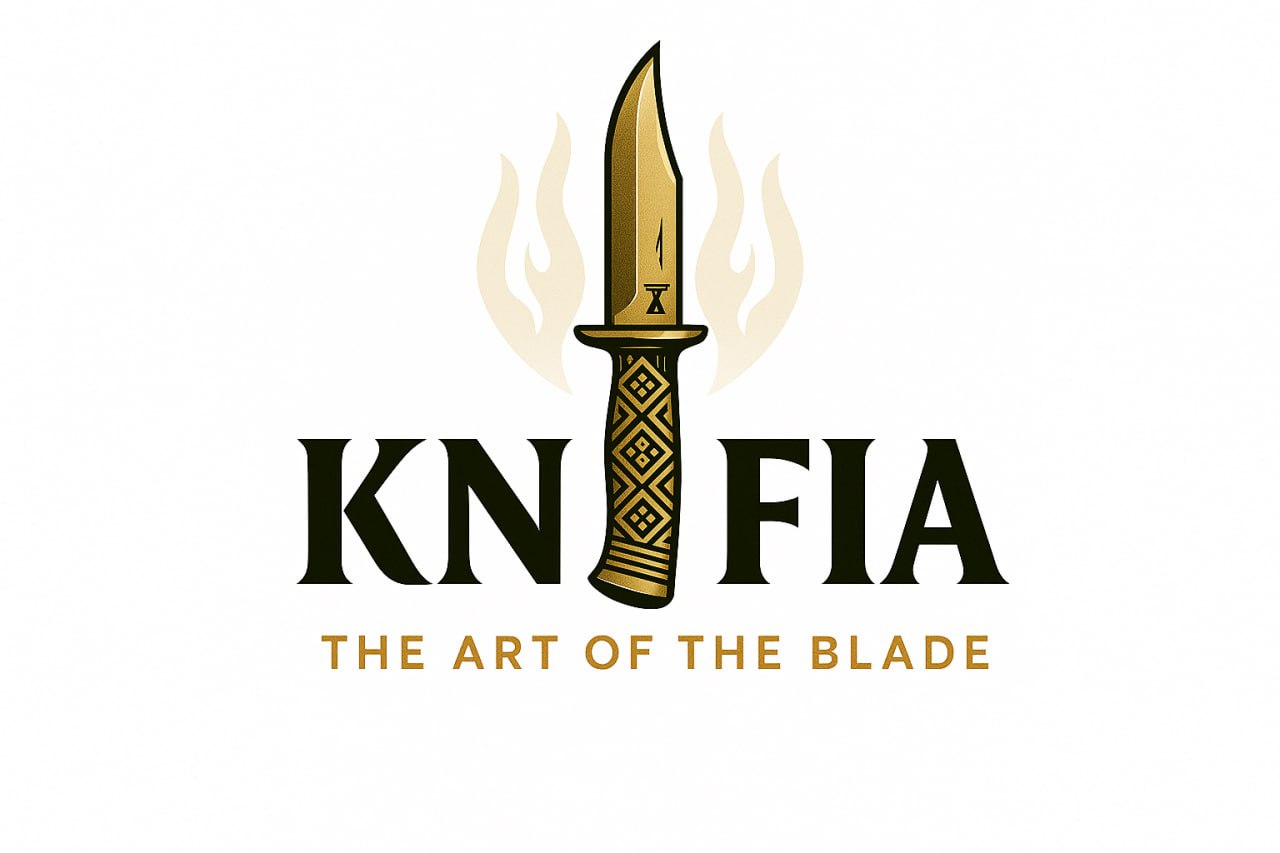
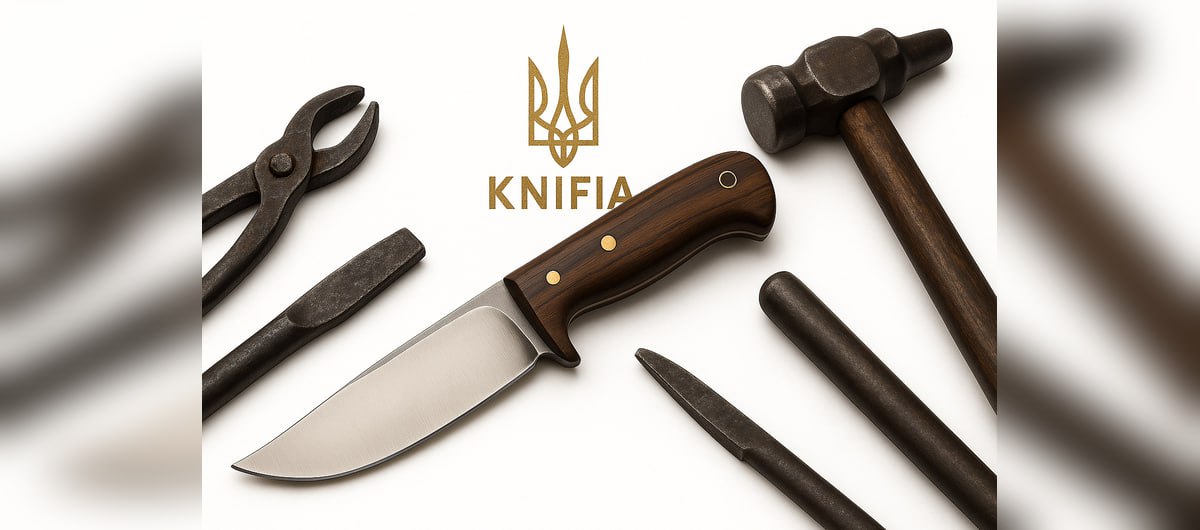
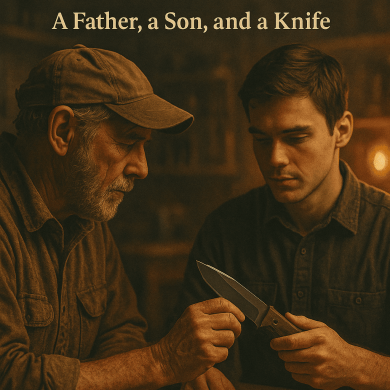
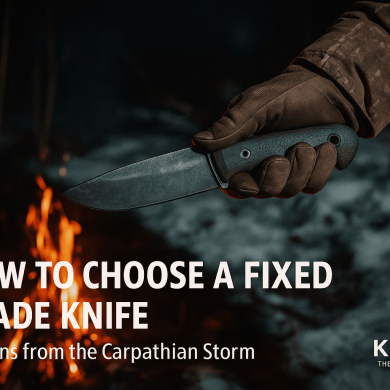

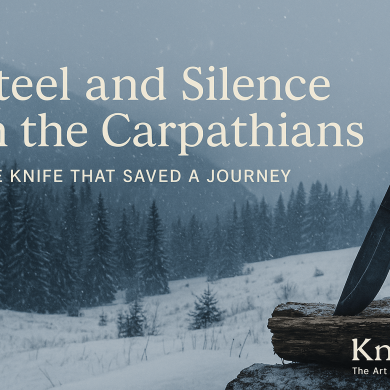

Add comment